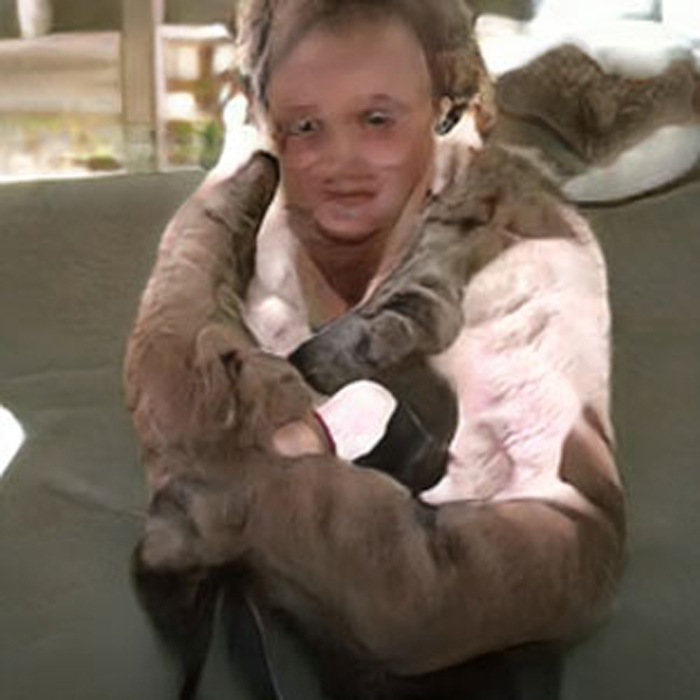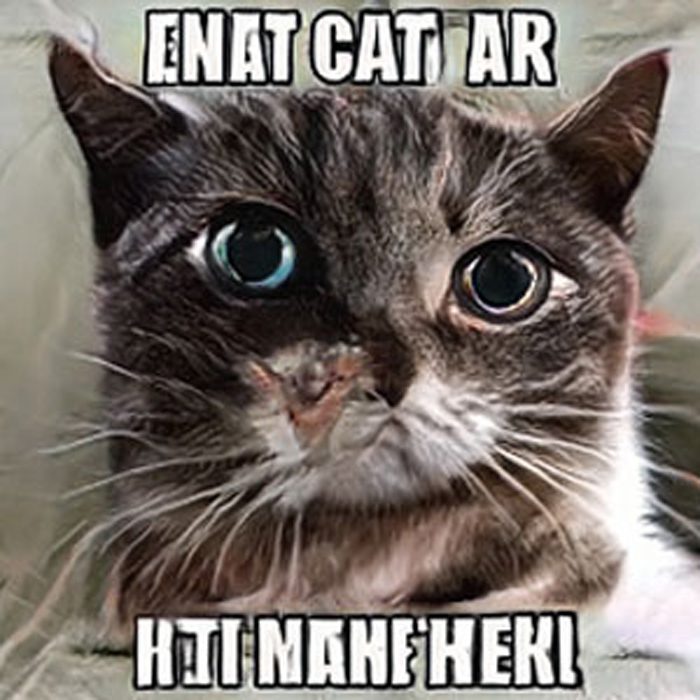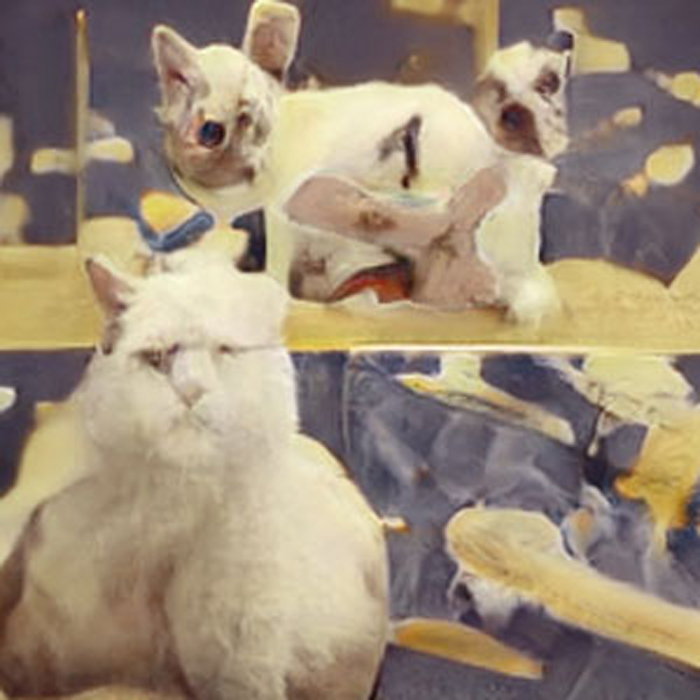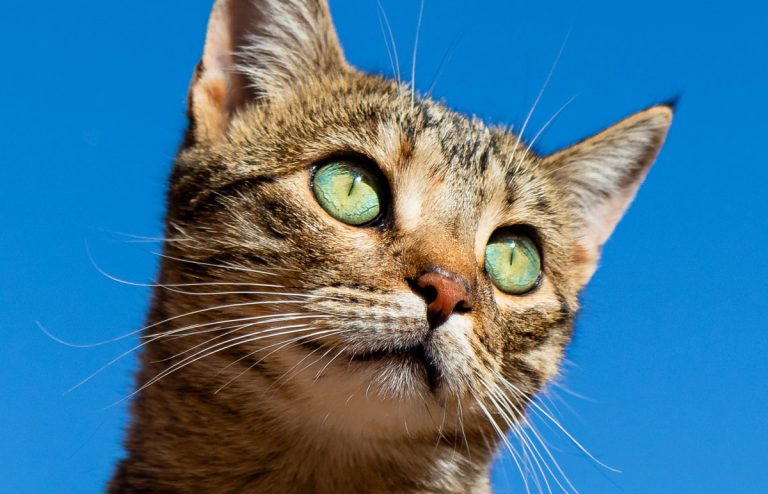This AI just got way better at generating cats that don’t exist
In 2019, the internet saw a wave of websites that each specialised in AI-generated content. From ThisPersonDoesNotExist.com, which generates infinite images of people who don’t exist, to ThisStartupDoesNotExist.com, which, you guessed it, generates pages of startups that don’t exist either, you could find any AI-generated imageries you wanted.
As more websites jumped on the bandwagon, some more trivial copycats started appearing, such as ThisWaifuDoesNotExist.net and ThisCatDoesNotExist.com. But while other websites’ algorithms seemed to really hit the nail on the head when picturing things that didn’t exist, ThisCatDoesNotExist.com became popular for the exact opposite reason; its ‘imaginary’ cats were creepy-looking creatures that people understandably turned into memes in no time.
How do those websites work?
Generative adversarial networks (GAN) work by running two classes of neural networks into one final output—meaning that they take real data and feed an algorithm that then distorts it in a formulaic way in order to create more variations that are anchored in real traits, but are completely fake.
GAN is also used for positive developments such as advancing virtual realities in video games or even aid in the visualisation of design across fashion to interiors as well as urban planning.
It is this machine-learning algorithm that sketches human faces, hentai, cats, or almost anything else by examining hundreds of thousands of already existing images.
But ThisCatDoesNotExist.com was not the best example
The website’s generated cat images looked more like the result of what would happen when hundreds of thousands of cat images, including text memes and their human owners’ faces, were mashed together by a cyber crash. The results were absolutely terrifying.



Compared to ThisPersonDoesNotExist.com’s uncanny faces, which are almost completely indistinguishable from the real thing, these cats still have a long way to go. At least, that was back in 2019.
ThisCatDoesNotExist.com has finally perfected its craft
If you try going back on the website again, you’ll see that the AI-generated cat images are now just as credible as the people from ThisPersonDoesNotExist.com. Why is that? Well, just as we previously explained that these websites’ algorithms need to be fed real data in order to create fake images, ThisCatDoesNotExist.com would have had to have received enough cat pictures for it to reach real enough fake images. On top of that, it probably had to sort out through different images in order to get rid of memes including cats or other images of humans with cats.
While this tech advancement must have been the website’s pride and joy for a couple of weeks, it must have been a big disappointment soon after, as all bored people on the internet happily took advantage of this open-source technology for a bit of fun.






